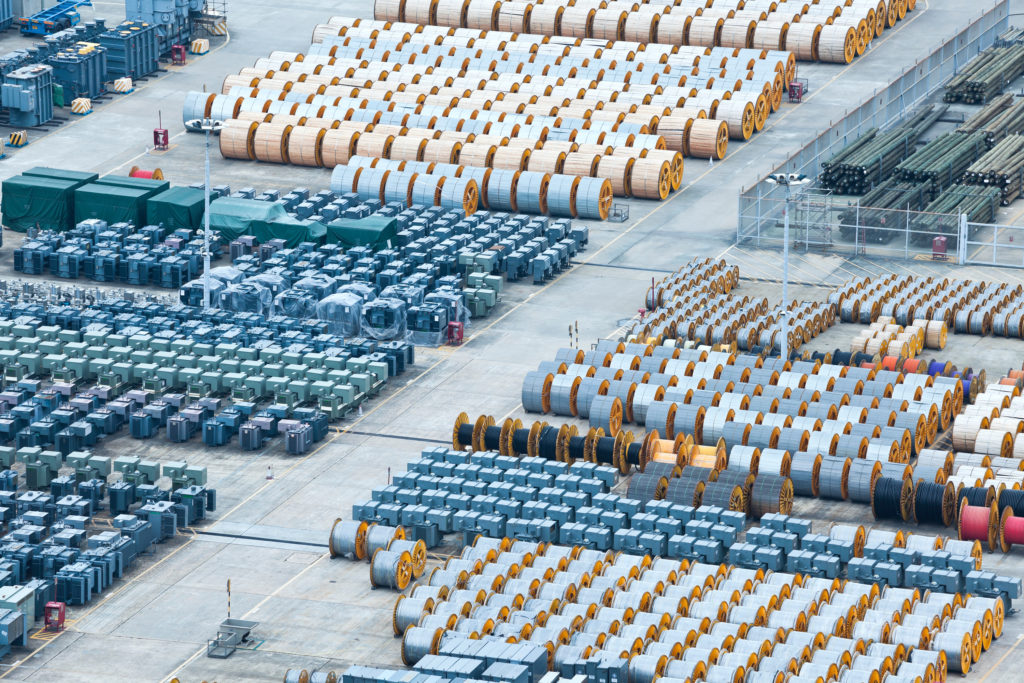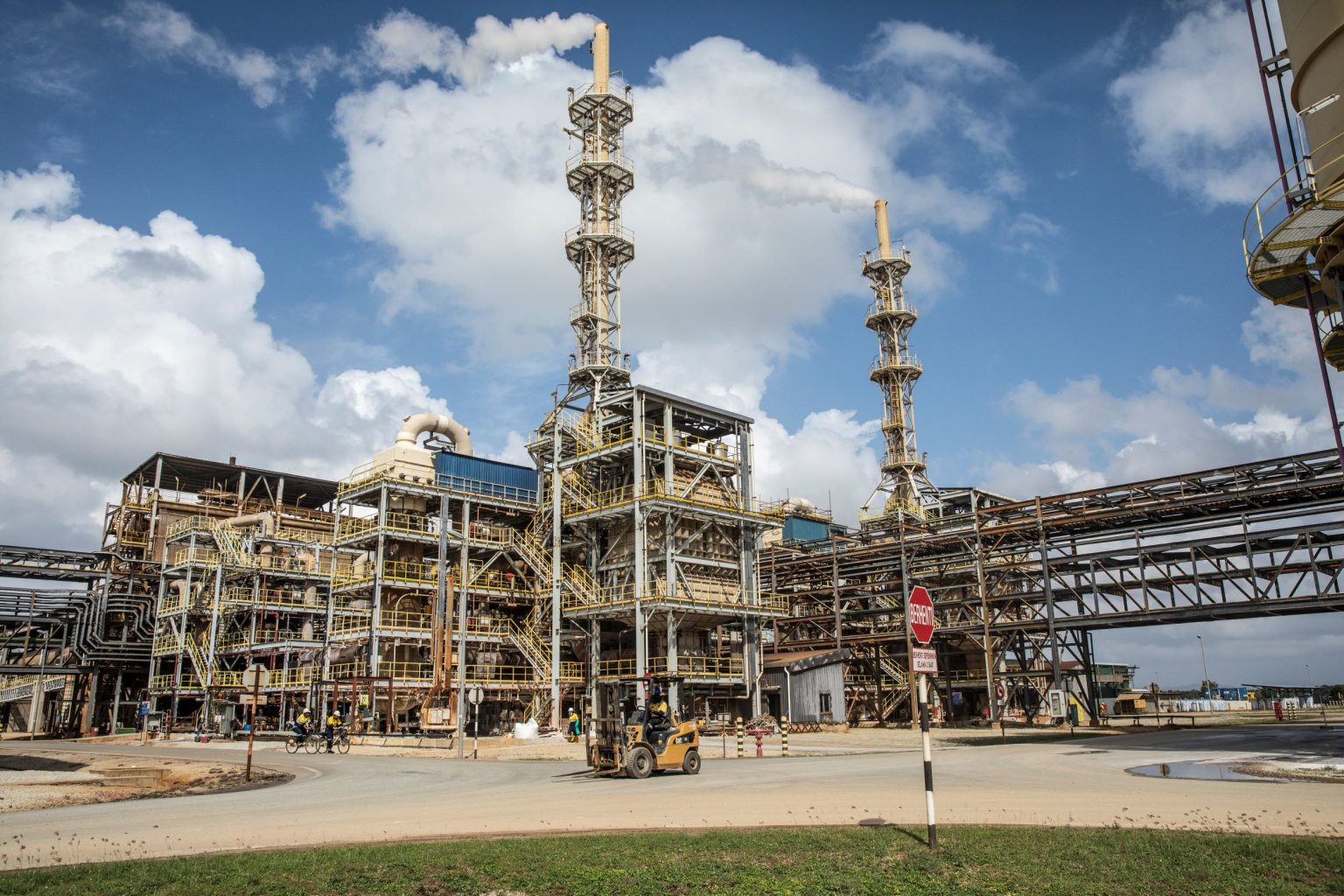China Nov aluminum output boosted by growing demand

China’s primary aluminum output in November climbed 4.8% from a year earlier, data showed on Friday, with major producing regions adding new capacity to meet solid demand for the light metal.
The world’s biggest aluminum producer churned out 3.54 million metric tons of primary aluminum last month, according to data from the National Bureau of Statistics (NBS).
Inner Mongolia, the country’s second-biggest producing region, added about 100,000 tons of capacity in November, according to industry consultancy Aladdiny.
Operations in many other regions remained strong, buoyed by a profitable market and underpinned by healthy demand.
China’s aluminum demand is estimated to grow 4% this year, underpinned by consumption in the renewable energy sector, especially solar, according to commodity research house CRU.
Aluminum has traditionally been used primarily in the transportation, construction and packaging sectors.
Average daily output in November was 118,000 tons, up from October’s daily average of 116,774 tons, Reuters calculations show.
Dry seasonal conditions, however, led to production cuts in southwestern China’s Yunnan province last month, although last year had also seen weather-related cuts that kicked in earlier in the year.
Su Yanbo, an aluminum analyst at Aladdiny, said the latest cutbacks could be reflected in December’s output figures. He expects China’s December output to be around 3.56 million tons, for a daily average of 114,839 tons, with full-year output at 41.70 million tons.
For the first 11 months of the year, China produced 38 million tons, up 3.9% from the same period last year, the data showed.
Production of 10 nonferrous metals – including copper, aluminum, lead, zinc and nickel – climbed 7.1% to 6.5 million tons in November from a year earlier. Output in the first 11 months of the year rose 7.2% to 67.96 million tons.
The other non-ferrous metals are tin, antimony, mercury, magnesium and titanium.
(By Siyi Liu and Dominique Patton; Editing by Jacqueline Wong and Edmund Klamann)
{{ commodity.name }}
{{ post.title }}
{{ post.date }}


Comments